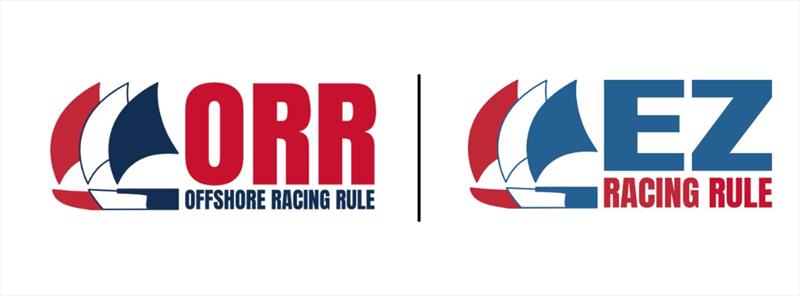
Transpac 2025: Seconds apart after 2,280 miles
by Offshore Racing Rule 25 Jul 05:42 AEST

Offshore Racing Rule © Offshore Racing Association
The Offshore Racing Rule's (ORR) Forecast Time Correction Factor (F-TCF) rating system, used in this year's Transpac race from Los Angeles to Honolulu, resulted in exceptionally close results.
For decades, the Transpacific Yacht Club has sought to make racing as fair as possible for all boats. Their choice of ORR—a handicap rule that is not biased toward any particular type of boat—along with the F-TCF, created a significantly more accurate handicapping strategy. It proved its value on the racecourse this year.
The top ten overall finishers:
- Six were 1st-place finishers in their divisions, including First through Fourth overall
- Three were 2nd-place finishers
- One was a 3rd-place finisher
No single division dominated the race.
The median corrected time spread between the boats after sailing 2,280 nm was just 46 minutes and 37 seconds—or 1.25 seconds per mile. The range of overall trophy winners spanned from 1st place, Restless, a 60-year-old Cal 40, to a Volvo 70, 40-year-old sleds, TP52s, custom 50-footers, and two Beneteaus—a 35 and a 41. The graph below demonstrates how fairly all boats were rated, despite challenging weather conditions. The TPYC Technical Committee evaluated alternatives to ORR with F-TCF and found it to be the best-suited system for rating the broad diversity of boats in the Transpac fleet.
The graphic above illustrates the distribution of finishers. The overall winner (Restless) appears in the lower left, with leaders clustered toward the bottom and competitors further back as you move upward. Slower-rated boats are on the left, and rated speed increases as you move to the right. At the far right is LUCKY, the Line Honors winner and recipient of the Barn Door Trophy. The relatively even distribution of boats across the graph shows that no one type or size of boat had a rating advantage.
How do you fairly handicap a fleet ranging from the 88' canting-keel rocket ship LUCKY to an 1D-35?
The answer lies in complex mathematics and a deep understanding of weather forecasting. This year's Transpac Race adopted a new approach - first used in last year's Newport Bermuda Race - that adjusted each boat's handicap rating based on the forecasted weather they would sail through. The F-TCF allowed competitors to see how they stood throughout the race while significantly reducing the impact of varying weather conditions on final results.
"Transpac, like so many other races, wants to increase participation by giving the widest range of well-prepared, well-sailed boats a chance at the trophies," said Bill Lee, legendary yacht designer and past Commodore of the Transpacific Yacht Club. "The weather was very challenging this year, and with ORR/F-TCF, the handicap results were far closer than they've been in the past. ORR does the best job of any measurement rule across a wide range of sizes and types."
He continued, "The ORR/F-TCF breakthrough has been made possible by recent improvements in weather forecasting, and by presenting it to the public in a very usable form. The Transpacific Yacht Club Technical Committee did a great job capturing this opportunity and is happy to share what they have learned."
Stan Honey added: "There were two significant weather challenges the handicap rule had to manage. In past years, ORR's wind data was based on historical average wind speeds and angles. The issue is that Transpac has starts spread over five days. A weekly oscillation in wind speed off Los Angeles, correlated with the Catalina Eddy, means some starts often face worse conditions than others. This year, the second start had the most difficult conditions due to a deep and persistent Catalina Eddy."
When asked how F-TCF addressed that more effectively, Honey continued: "We used the best local and offshore forecasts along with routing software from Expedition to generate a route to Hawaii and a predicted elapsed time for each boat. The F-TCF was then calculated based on those predictions, partially adjusting for the light winds the second-start group encountered. Unfortunately, forecasts are never perfect—the weather was lighter than expected this year."
Regarding the mid-course light wind zone: "Forecasts showed a light wind area caused by an upper-level low moving south across the course. This was included in each boat's calculated routing. Unfortunately, the blob was larger and moved faster than forecast, catching several boats mid-course and having a greater impact than predicted."
Honey concluded: "If we had used the old system based on historical averages, the overall results would have been much worse for competitors. While no forecast—and therefore no rating system—is perfect, F-TCF was significantly better than assuming every start each year gets the same wind."
ORR and F-TCF are trademarks of the Offshore Racing Association.
For further information, contact:
Related Links: